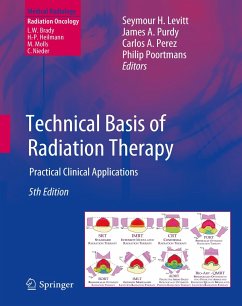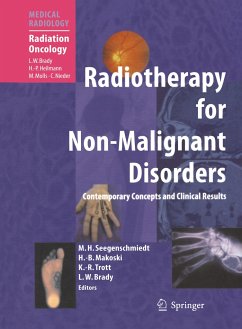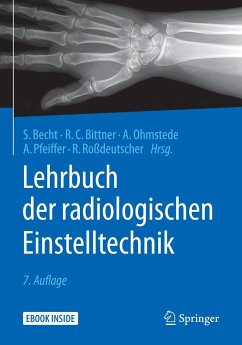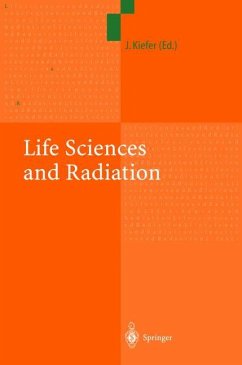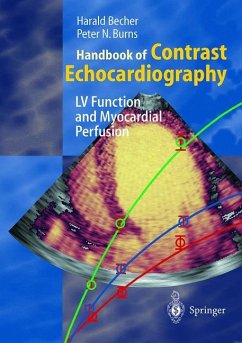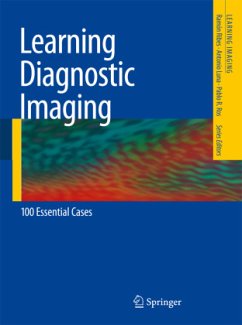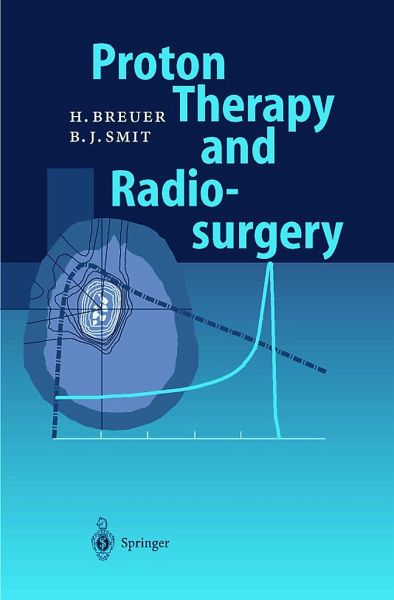
Proton Therapy and Radiosurgery
Versandkostenfrei!
Versandfertig in 1-2 Wochen
176,99 €
inkl. MwSt.
Weitere Ausgaben:

PAYBACK Punkte
88 °P sammeln!
The subject of the book is the medical application of high energy proton beams, emphasising the practical applications, indications, radiobiology and physics, including dosimetry and three dimensional planning. The detailed methods of patient immobilisation, data collection for planning and the execution of plans will be presented. This will supply "hands on" type of information that will enable any qualified radiotherapist to treat a patient with confidence. The radiobiology of large fractions will also be explained in detail. The special features will include conversion tables to equivalent values for multiple dose increments ("frations") from single dose values, photos and drawings of immobilisation techniques, tissue density values. The main benefit the reader will get is an in depth, practical text, covering all aspects of proton therapy.
The book is divided into two parts: Part I deals with the relevant physics and planning algorithms of protons (H Breuer) and Part II with the radiobiology, radiopathology and clinical outcomes of proton therapy and a comparison of proton therapy versus photon therapy (BJ Smit). Protons can be used for radiosurgery and general radio therapy. Since proton therapy was first proposed in 1946 by Wilson, about sixteen facilities have been built globally. Only a very few of these have isocentric beam delivery systems so that proton therapy is really only now in a position to be compared directly by means of randomised clinical trials, with modern photon radiotherapy therapy sys tems, both for radiosurgery and for general fractionated radiotherapy. Three-dimensional proton planning computer systems with image fusion (image of computerised tomography (CT), magnetic resonance registration) capabilities imaging (MRI), stereotactic angiograms and perhaps positron emission tomography (PET) are essential for accurate proton therapy planning. New planning systems for spot scanning are under development. Many of the older comparisons of the advantageous dose distributions for protons were made with parallel opposing or multiple co-planar field arrangements, which are now largely obsolete. New comparative plans are necessary once more because of the very rapid progress in 3-D conformal planning with photons. New cost-benefit analy ses may be needed. Low energy (about 70 MeV) proton therapy is eminently suitable for the treatment of eye tumours and has firmly established itself as very useful in this regard.





